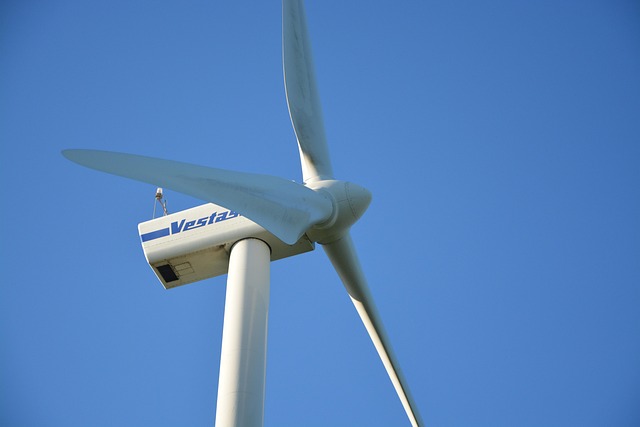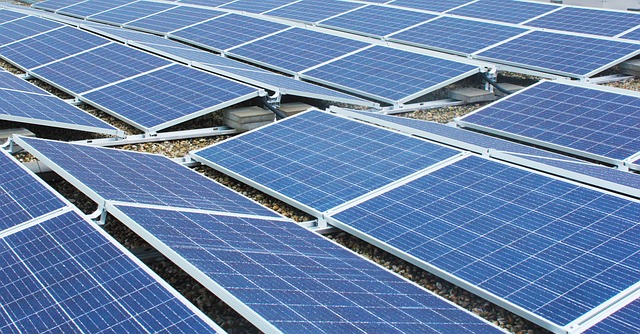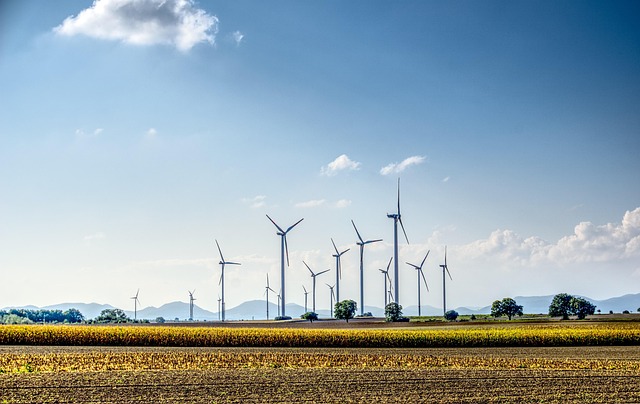Renewable Power Innovations: A Pathway to Sustainable Energy
The urgency of addressing climate change has never been more apparent. As global temperatures rise and environmental catastrophes become more frequent, the shift toward sustainable energy has gained unprecedented momentum. Innovations in renewable power have emerged as pivotal solutions in the quest for a sustainable energy future. This article explores the latest advancements in renewable energy technologies, their implications for sustainable development, and the vision for a cleaner world.
The Evolution of Renewable Energy
Renewable energy is derived from natural processes that are replenished at a faster rate than they are consumed. The most prominent sources include solar, wind, hydropower, geothermal, and biomass. Historically, these energy sources have been underutilized, overshadowed by fossil fuels. However, the past few decades have seen significant growth and innovation within the renewable sector.
Solar Energy Innovations
Solar energy technology has seen rapid advancements, making it one of the most promising sources of renewable energy. Photovoltaic cells convert sunlight directly into electricity, and innovations in materials and design have drastically improved their efficiency and affordability.
One notable advancement is the development of perovskite solar cells. These cells utilize a unique crystal structure that allows them to achieve efficiencies higher than traditional silicon-based cells while being cheaper to produce. Researchers are now exploring ways to improve their stability and longevity, potentially transforming the solar market.
Additionally, floating solar farms have emerged as a viable solution for utilizing water surfaces for solar energy generation. These floating installations mitigate land-use conflicts and reduce water evaporation, making them particularly beneficial in arid regions.
Wind Energy Breakthroughs
Wind energy has also experienced transformative innovations in recent years. The design of modern wind turbines has evolved to generate higher energy outputs at lower wind speeds. Innovations such as larger rotor blades and advanced materials allow for greater efficiency and reduced costs.
Moreover, the integration of offshore wind farms presents a breakthrough opportunity. Offshore installations capitalize on higher and more consistent wind speeds, significantly increasing energy production capability. Floating wind turbine technology enables deployment in deeper waters where traditional fixed installations are impractical, unlocking vast new energy resources.
Hydropower Developments
Hydropower remains one of the oldest and most established forms of renewable energy. Recent innovations focus on improving efficiency, reducing environmental impacts, and developing new technologies like small-scale or micro-hydropower systems. These systems can generate sustainable energy in remote areas without extensive infrastructure.
Pumped-storage hydropower is another innovative application, acting as a large-scale battery that stores energy by moving water between two reservoirs at different elevations. During high electricity demand, released water generates hydroelectric power, while excess renewable energy can pump water back uphill for storage during low-demand periods. This technology is integral in balancing the variability of other renewable sources like wind and solar.
Geothermal Energy Enhancements
Geothermal energy harnesses heat from the Earth’s interior for power generation and direct heating. Innovations in enhanced geothermal systems (EGS) allow for the exploitation of previously inaccessible geothermal resources by injecting water into hot, dry rock formations, thus creating a steam source for electricity generation. This technology has the potential to provide a reliable and sustainable energy source with a small land footprint.
Furthermore, improvements in drilling technology have expanded viable geothermal sites, making it possible to generate power even in regions without significant volcanic activity. Such advancements could dramatically increase the scalability of geothermal plants globally.
Bioenergy Innovations
Biomass and bioenergy technologies have also progressed significantly. New methods for converting organic materials (such as agricultural waste, wood, and even municipal solid waste) into energy can create a sustainable energy source while also addressing waste management issues.
Advanced biofuels, such as cellulosic biofuels and algae-derived fuels, utilize innovative processes to produce fuels that are more efficient and have a lower environmental footprint than traditional fossil fuels. Sustainable practices in bioenergy not only contribute to energy generation but also promote carbon sequestration, enhancing the overall ecological balance.
The Role of Policy and Investment
While technological innovations are essential, the transition to renewable power requires supportive policies and substantial investment. Governments play a critical role in creating regulatory frameworks that incentivize the adoption of renewable energy, such as tax credits, feed-in tariffs, and renewable portfolio standards.
Investment in research and development (R&D) is equally important. Public and private sectors must allocate funding to drive innovation, improve technologies, and scale up production capabilities. Collaborative partnerships between governments, universities, and the private sector can foster an environment conducive to groundbreaking ideas and implementations.
Challenges and Solutions
Despite the significant advancements in renewable power technologies, challenges remain. One major hurdle is the intermittency of renewable energy sources. Solar and wind energy generation depend on weather conditions, leading to fluctuations in electricity supply.
Energy storage technologies, such as batteries, have made promising strides but require further development to become economical and efficient on a large scale. Innovations in solid-state batteries, flow batteries, and other methods are critical to overcoming storage limitations and ensuring a stable energy supply.
Additionally, integrating renewable energy into existing energy grids poses logistical challenges. Many grids were originally designed for centralized, fossil-fuel-based power generation, making it imperative to develop smarter grids that can handle distributed energy sources. Investments in grid modernization and development of smart grid technology are vital to facilitate the seamless integration of renewables.
The Vision for a Sustainable Future
The vision for a sustainable energy future is one where renewable innovations are not merely alternatives but the foundation of global energy systems. Achieving this vision requires a multifaceted approach that includes scaling existing technologies, investing in next-generation innovations, and cultivating public support for renewable solutions.
Public awareness campaigns and educational programs can help individuals and communities make informed choices about energy consumption. Grassroots movements advocating for renewable energy adoption play a crucial role in shaping policies and demanding action from leaders.
Conclusion
Renewable power innovations represent a transformative pathway to sustainable energy. By harnessing the capabilities of solar, wind, hydropower, geothermal, and bioenergy technologies, society can significantly reduce carbon emissions, combat climate change, and create a cleaner, more sustainable world. The collective responsibility of governments, businesses, and individuals in embracing these innovations will ultimately determine the success of our transition to a sustainable energy future.
As we stand on the brink of this energy revolution, it is clear that the innovations we pursue today will shape the environmental landscape for generations to come, paving the way for a resilient and sustainable planet.



